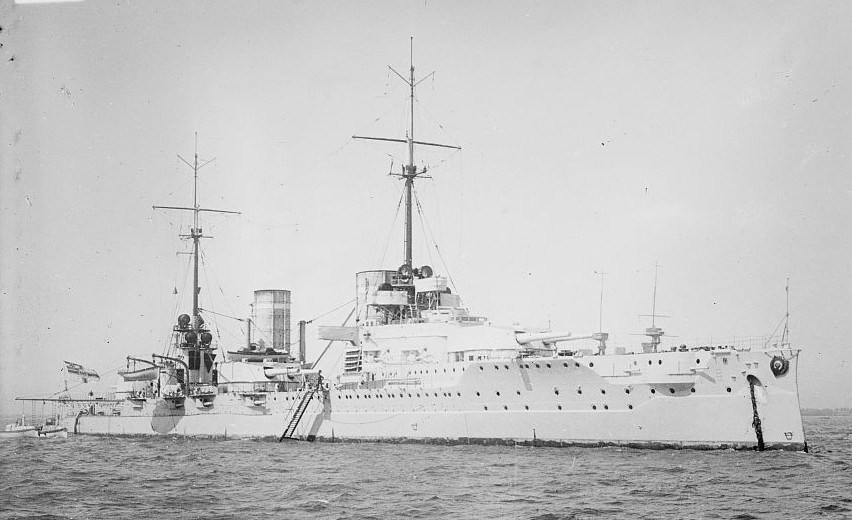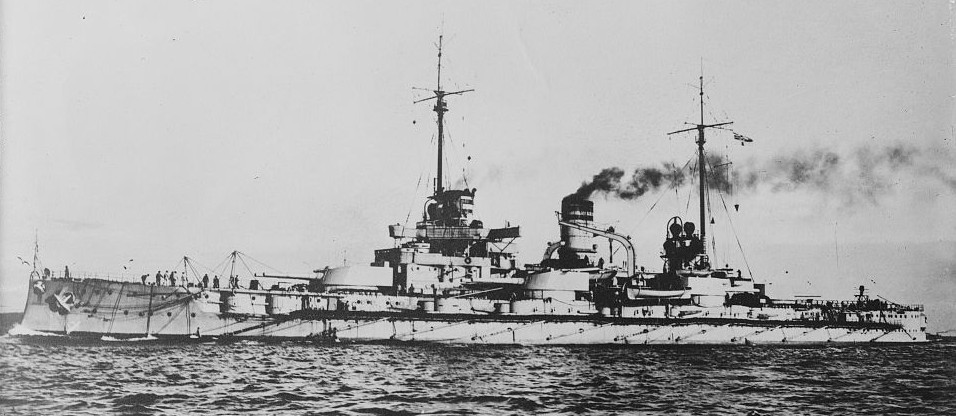| Notes:
1) Drh LC/1906: These mountings used
electrically powered training and elevation gear. Lower hoists did
not rotate with the gunhouse.
2) Drh LC/1907: These mountings used
electrically powered training gear but the elevation gear was hydraulic.
Lower hoists rotated with the gunhouse.
3) Shell rooms were below the magazines
in the battleships. On Von der Tann, the bow and wing turrets had
the magazines above the shell rooms but the stern turret had the magazine
below the shell room.
4) Following the Dogger Bank action, German
mountings were modified to improve flash precautions. Double flap
doors were installed at the beginning and end of the cartridge hoist and
ready ammunition was removed from the gun houses.
5) Gun axes were 89.4 in (227 cm) apart.
6) Armor thickness given in "Naval Weapons
of World War One" by Norman Friedman:
Drh LC/1906 and Drh LC/1907 except for
those on Von der Tann
Face: 11.0 in
(28 cm)
Sides: 8.7 in
(22 cm)
Rear: 10.2 in
(26 cm)
Roof: 2.4 to
3.5 in (6 to 9 cm)
Drh LC/1907 on Von der Tann
Face: 9.1 in (23
cm)
Sides: 7.1 in
(18 cm)
Rear: 9.1 in
(23 cm)
Roof: 2.4 to
3.5 in (6 to 9 cm) |

